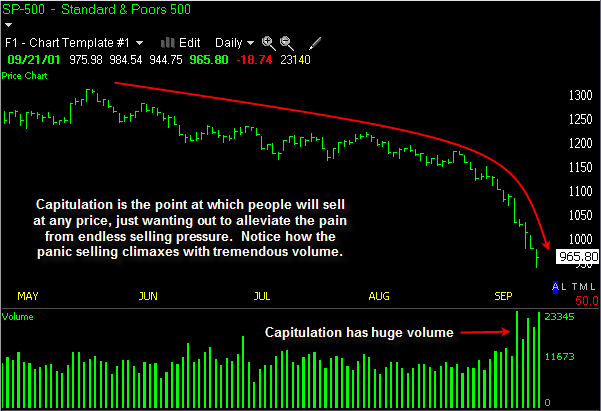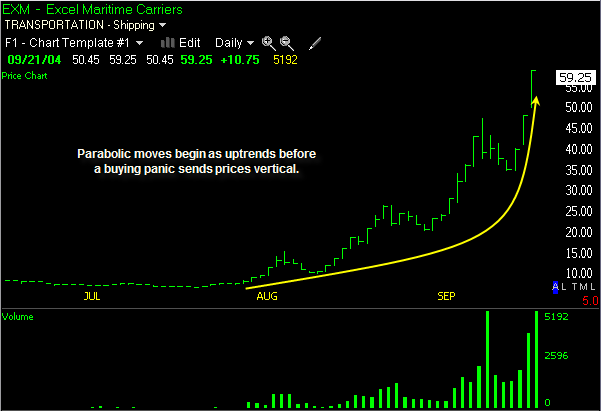Bob Proctor uses little stick men to explain how our mind works, how we think and create our personal attitude and overall view of life.
Always Express Gratitude.
Always Express Gratitude.





 Dr Wong Fort Pin (picture) from Malacca said he made the two-hour drive to lend his voice to the anger over the government’s track record over the hot button issue of Chinese language education.
Dr Wong Fort Pin (picture) from Malacca said he made the two-hour drive to lend his voice to the anger over the government’s track record over the hot button issue of Chinese language education. | 17.3.2012 | ||||
| TSM Global | ||||
| Income Statement | 9M | 9M | ||
| 31.10.2011 | 31.10.2010 | Absolute Chg | Change | |
| Revenue | 272.46 | 288.92 | -16.46 | -5.70% |
| Gross Profit | 0.00 | #DIV/0! | ||
| Operating Profit | 31.194 | 45.847 | -14.65 | -31.96% |
| Financing costs | -0.273 | -0.655 | 0.38 | -58.32% |
| PBT | 34.795 | 52.596 | -17.80 | -33.84% |
| PAT | 26.279 | 41.7 | -15.42 | -36.98% |
| EPS (basic) sen | 12.73 | 20.73 | -8.00 | -38.59% |
| Balance Sheet | 31.10.2011 | 31.1.2011 | ||
| NCA | 91.007 | 75.462 | 15.55 | 20.60% |
| CA | 250.299 | 176.154 | 74.15 | 42.09% |
| Total Assets | 341.306 | 251.616 | 89.69 | 35.65% |
| Total Equity | 284.042 | 300.543 | -16.50 | -5.49% |
| NCL | 3.965 | 2.319 | 1.65 | 70.98% |
| CL | 53.3 | 48.753 | 4.55 | 9.33% |
| Total Liabilities | 57.265 | 51.072 | 6.19 | 12.13% |
| Total Eq + Liab | 341.307 | 351.615 | -10.31 | -2.93% |
| Net assets per share | 1.370 | 1.540 | -0.17 | -11.04% |
| Short term Investm | 41.089 | 37.869 | ||
| Cash & Eq | 91.433 | 96.833 | -5.40 | -5.58% |
| LT Borrowings | 0.316 | 0.516 | -0.20 | -38.76% |
| ST Borrowings | 19.002 | 9.104 | 9.90 | 108.72% |
| Net Cash | 113.204 | 125.082 | -11.88 | -9.50% |
| Inventories | 54.093 | 42.26 | 11.83 | 28.00% |
| Trade receivables | 63.685 | 64.693 | -1.01 | -1.56% |
| Trade payables | 33.918 | 25.237 | 8.68 | 34.40% |
| Working capital | 196.999 | 127.401 | 69.60 | 54.63% |
| Quick Ratio | 3.68 | 2.75 | 0.93 | 34.04% |
| Current Ratio | 4.70 | 3.61 | 1.08 | 29.97% |
| Cash flow statement | 31.10.2011 | 31.1.2011 | ||
| PBT | 34.795 | 52.596 | -17.80 | -33.84% |
| OPBCWC | 71.386 | 81.839 | -10.45 | -12.77% |
| Cash from Operations | 87.630 | 49.731 | 37.90 | 76.21% |
| Net CFO | 70.241 | 34.237 | 36.00 | 105.16% |
| CFI | -58.578 | -11.998 | -46.58 | 388.23% |
| CFF | -2.893 | -36.286 | 33.39 | -92.03% |
| Capex | -23.846 | -16.860 | -6.99 | 41.44% |
| FCF | 46.395 | 17.377 | 29.02 | 166.99% |
| Dividends paid | -6.370 | -3.132 | -3.24 | 103.38% |
| DPS (sen) | 5.01 | 2.46 | 2.55 | 103.38% |
| No of ord shares (m) | 127.213 | 127.213 | 0.00 | 0.00% |
| Financial Ratios | ||||
| Gross Profit Margin | 0.00% | 0.00% | 0.00% | #DIV/0! |
| Net Profit Margin | 9.64% | 14.43% | -4.79% | -33.17% |
| Asset Turnover * | 1.06 | 1.53 | -0.47 | -30.48% |
| Financial Leverage | 1.20 | 0.84 | 0.36 | 43.53% |
| *annualised | ||||
| ROA | 10.27% | 22.10% | -11.83% | -53.54% |
| ROC | 12.40% | 19.55% | -7.15% | -36.56% |
| ROE | 12.34% | 18.50% | -6.16% | -33.32% |
| Valuation | 6.3.2012 | 4.3.2011 | ||
| Price | 1.22 | 1.65 | -0.43 | -26.06% |
| Market cap (m) | 155.20 | 209.90 | -54.70 | -26.06% |
| P/E** | 5.91 | 5.03 | 0.87 | 17.33% |
| P/BV | 0.55 | 0.70 | -0.15 | -21.77% |
| P/FCF | 3.35 | 12.08 | -8.73 | -72.31% |
| P/Div | 24.36 | 67.02 | -42.65 | -63.65% |
| DPO ratio | 0.24 | 0.08 | 0.17 | 222.73% |
| EY** | 16.93% | 19.87% | -2.93% | -14.77% |
| FCF/P | 29.89% | 8.28% | 21.62% | 261.09% |
| DY | 4.10% | 1.49% | 2.61% | 175.07% |
| Cash per share RM | 0.89 | 0.98 | -9.34% | -9.50% |
| **9M Earnings | ||||
| Nestle | CAGR | CAGR | ||||
| 15.3.12 | 31.12.10 | 31.12.06 | 2006-2010 | 2006-2011 | ||
| 2011 | 2010 | 2006 | 4 Years | 5 Years | ||
| Market Price $ | 56.3 | 43.34 | 24.8 | 17.82% | 14.98% | |
| Turnover $ | 4,700,994 | 4,026,319 | 3,275,541 | 7.49% | 5.29% | |
| Earnings (sen) | 194.58 | 166.91 | 112.67 | 11.55% | 10.32% | |
| Div (sen) | 180 | 165 | 100 | 12.47% | 13.34% | |
| P/E | 28.9 | 26.0 | 22.0 | |||
| EY | 3.46% | 3.85% | 4.54% | |||
| DY | 3.20% | 3.81% | 4.03% | |||
| Projections | EPS GR 8% | Projections | |||||
| PE 22 | 15.3.12 | CAGR | Using Historical Price | ||||
| Year | 2020 | 2011 | 2020 | ||||
| Market Price $ | 85.6152 | 56.3 | 4.77% | 56.3 | |||
| Turnover $ | 4700994 | ||||||
| Earnings (sen) | 389.16 | 194.58 | 8.01% | 389.16 | |||
| Div (sen) | 360 | 180 | 8.01% | 360 | |||
| P/E | 22.0 | 28.9 | 14.5 | ||||
| EY | 4.55% | 3.46% | 6.91% | ||||
| DY | 4.20% | 3.20% | 6.39% | ||||


My Investing Notes Copyright © 2012 Fast Loading -- Powered by Blogger